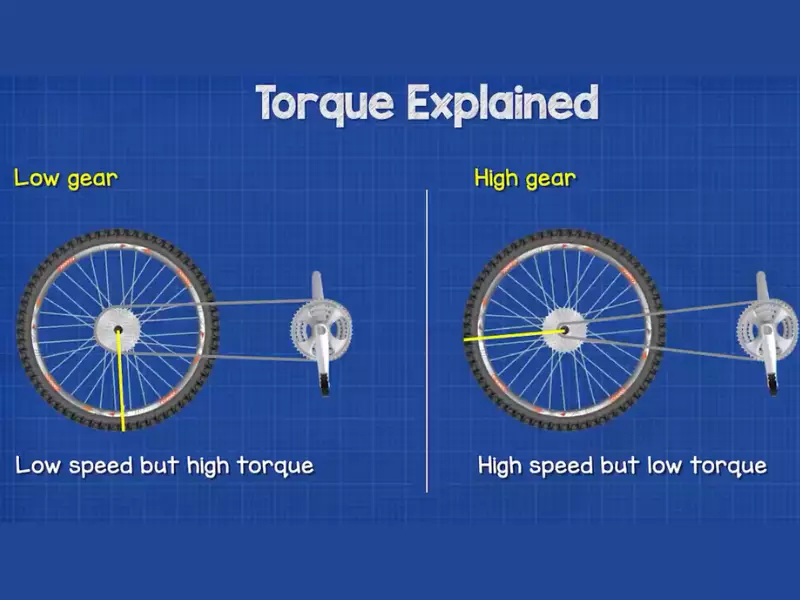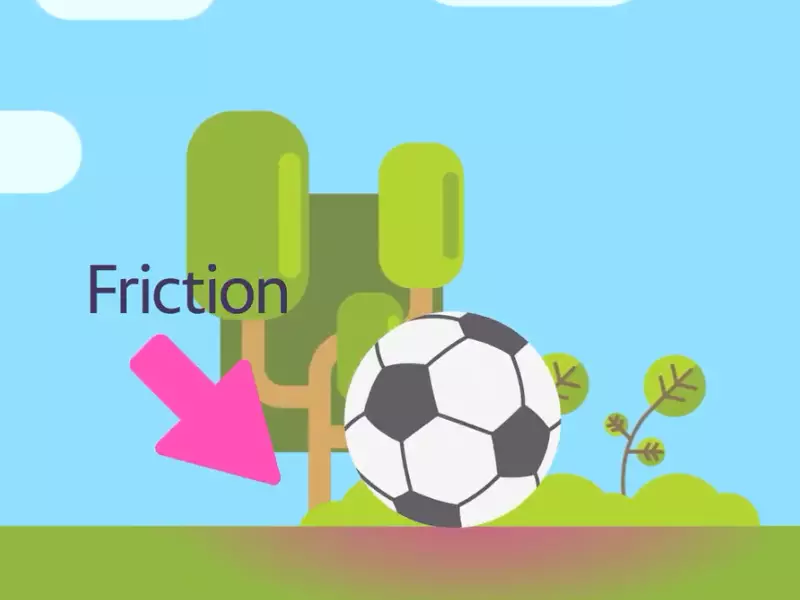The concepts of inertia and torque are foundational to understanding the principles of motion and mechanics in the physical world. Inertia, the property of an object that resists changes to its state of motion, plays a crucial role in determining how objects move. Torque, on the other hand, refers to the force that causes an object to rotate about an axis. Together, they explain why objects behave the way they do when forces are applied, offering insights into everything from the simple turning of a doorknob to the complex dynamics of automotive engines.
The relationship between inertia and torque is a study of how resistance to motion (inertia) affects the rotational force (torque) needed to change an object’s movement. Essentially, the greater the inertia of an object, the more torque is required to alter its rotational speed or direction. This fundamental interaction is pivotal in designing and operating any system involving rotational motion, from simple mechanical devices to complex industrial machinery.
Understanding this relationship is not just an academic exercise but a practical necessity for engineers, physicists, and anyone involved in the creation or maintenance of mechanical systems. It influences decisions in design, energy efficiency, and even safety measures in mechanical and automotive engineering. By grasping how torque can be optimized to overcome inertia, professionals can innovate and improve mechanical operations, making them more efficient, reliable, and suited to the demands of modern technology.

Basics of Inertia
Definition and Significance
Inertia is a fundamental concept in physics that describes the tendency of an object to resist changes in its state of motion. The principle of inertia is a cornerstone of Newton’s first law of motion, which states that an object at rest stays at rest and an object in motion continues in motion with the same speed and in the same direction unless acted upon by an external force. This principle is significant because it underpins much of classical mechanics, offering a framework to understand the motion of objects in our universe.
Factors Affecting Inertia
The inertia of an object is directly related to its mass. The more mass an object has, the greater its inertia, and the more force it will take to change its state of motion. This relationship is crucial in both everyday situations and in complex scientific calculations. Factors that affect inertia include:
- Mass: The primary factor; more mass means more inertia.
- Distribution of mass: How mass is distributed within an object can affect its moment of inertia, with mass further from the rotation axis increasing inertia.
Inertia in Everyday Life
Inertia impacts daily life in numerous ways, from the ease of pushing a shopping cart to the challenge of stopping a moving vehicle. Consider a parked car; it requires a significant force to start moving due to its inertia. Once moving, it requires a force to stop, again due to inertia. This principle is observable in many everyday scenarios:
- Driving and braking: The need for greater force to stop a faster-moving vehicle.
- Sports: A heavier (more massive) ball requires more force to move or change direction.
Torque Essentials
Torque Defined
Torque is a measure of the force that can cause an object to rotate about an axis. Just as force is what causes an object to accelerate in linear motion, torque is what causes an object to gain angular acceleration. Torque is a vector quantity, meaning it has both magnitude and direction.
Calculating Torque
The torque (�τ) on an object is calculated by multiplying the force (�F) applied to the object times the distance (�r) from the point of application of the force to the axis of rotation. The formula for torque is �=�×�τ=r×F, where �r is the lever arm or the perpendicular distance from the axis of rotation to the line of action of the force.
Role of Torque in Motion
Torque plays a vital role in determining how an object moves. For rotational motion:
- Acceleration: Torque is directly proportional to angular acceleration.
- Equilibrium: No net torque means no change in rotational motion.
Inertia and Torque: The Connection
How Inertia Affects Torque Application
The moment of inertia, a rotational analogue to mass in linear motion, significantly affects how torque is applied. Objects with a higher moment of inertia require more torque to change their rotational speed. This principle is observable in how difficult it is to push a full shopping cart compared to an empty one; the added mass increases the cart’s moment of inertia.
Torque Required to Change Motion
The amount of torque required to change an object’s motion depends on both the force applied and the object’s moment of inertia. This relationship is crucial for understanding how to efficiently manipulate the motion of objects, from simple machines to complex mechanical systems.
Real-world Examples
- Electric motors: Adjusting torque to control speed.
- Sports: Golfers adjusting swing to manage the torque applied to the ball.
Impact on Engineering
Design Considerations
In engineering, understanding the relationship between inertia and torque is vital for designing efficient, functional, and safe mechanical systems. Engineers must consider:
- Material selection: To optimize the moment of inertia.
- Shape and size: To balance between inertia and torque requirements.
Enhancing Performance through Understanding
A deep understanding of how inertia and torque interact allows engineers to enhance the performance of machines and devices. For example, reducing the moment of inertia can lead to faster response times in mechanical systems.
Case Studies: Vehicles and Machinery
- Automotive design: Optimizing engine torque for better acceleration.
- Industrial machinery: Designing systems for optimal performance with varying loads.

Inertia, Torque, and Energy Efficiency
Optimizing for Efficiency
Efficiency in mechanical systems is often a balance between minimizing energy loss and maximizing performance. Inertia and torque play crucial roles in this balance. Reducing inertia in rotating parts can lead to less energy required to change their motion, directly impacting energy efficiency. Similarly, optimizing torque application ensures that energy is used effectively, preventing waste.
Key strategies include:
- Lightweight materials: Reducing component weight to lower inertia.
- Aerodynamic designs: Minimizing resistance to decrease torque requirements.
Balancing Torque and Inertia in Systems
Achieving an optimal balance between torque and inertia is vital for efficient system operation. This balance affects acceleration, response times, and energy consumption. Engineers often aim to design systems where the torque is sufficient to overcome inertia without excessive over-engineering, which can lead to wasted energy.
Approaches to balance include:
- Adjustable torque settings: Allowing systems to adapt to varying loads.
- Dynamic balancing: Reducing unnecessary inertia through design.
Innovations and Advancements
Technological advancements have significantly impacted how inertia and torque are managed, leading to more efficient systems. Innovations such as variable frequency drives (VFDs) and brushless DC motors offer precise control over torque, improving the energy efficiency of electrical motors.
Recent advancements include:
- Energy recovery systems: Capturing energy from system inertia.
- Smart materials: Automatically adjusting properties to optimize torque and inertia.
Measurement and Analysis
Tools for Measuring Inertia and Torque
Accurate measurement of inertia and torque is essential for analyzing system performance and identifying areas for improvement. Tools and technologies used include:
- Torque sensors: Providing real-time torque measurements.
- Gyroscope sensors: Measuring rotational motion and inertia.
These tools are integral in both design and troubleshooting phases, enabling engineers to fine-tune systems for optimal performance.
Analyzing Data for Improvements
Data analysis plays a pivotal role in understanding system performance and guiding improvements. By analyzing measurements of torque and inertia, engineers can identify inefficiencies and potential optimizations. This process often involves:
- Data logging: Collecting data over time for trend analysis.
- Simulation software: Predicting system behavior under different conditions.
Predictive Maintenance and Optimization
Predictive maintenance utilizes data analysis to foresee and prevent potential failures, ensuring systems operate efficiently and without unexpected downtime. By monitoring inertia and torque, it’s possible to predict wear and tear on components, scheduling maintenance before failures occur.
Key components include:
- Condition monitoring: Regularly checking critical parameters.
- Machine learning: Analyzing data patterns to predict future issues.
Challenges and Solutions
Common Issues in Managing Inertia and Torque
Managing inertia and torque presents challenges, particularly in complex or high-performance systems. Common issues include:
- Overcoming initial inertia: Requires significant torque, impacting startup efficiency.
- Varying loads: Demands adaptable torque output, complicating system design.
Innovative Solutions in Various Industries
Industries have developed innovative solutions to these challenges, applying novel materials and technologies to improve system performance. Examples include:
- Automotive: Using carbon fiber to reduce vehicle weight, lowering inertia.
- Renewable energy: Implementing advanced control systems to optimize turbine torque in response to changing wind conditions.
Future Outlook
The future of managing inertia and torque looks promising, with ongoing research and development focused on enhancing efficiency and performance. Emerging technologies, such as nanomaterials and AI-driven control systems, hold the potential to revolutionize how we design and operate mechanical systems.
Anticipated advancements include:
- Smarter materials: Capable of changing properties in real-time to dynamically adjust inertia and torque.
- Integrated systems: Where energy efficiency is optimized across entire processes, not just individual components.
Frequently Asked Questions
What is inertia?
Inertia is a physical property of an object that resists changes to its velocity, whether it is in motion or at rest. It’s the reason a moving object continues to move at a constant velocity and a stationary object remains still, unless acted upon by an external force. The amount of inertia an object possesses is directly related to its mass – the greater the mass, the greater the inertia.
How is torque calculated?
Torque is calculated by multiplying the force applied to an object by the distance from the point of rotation to where the force is applied, often expressed as ������=�����×��������Torque=Force×Distance. This equation highlights the relationship between the magnitude of the force, its application point, and the resulting rotational effect, making it a fundamental concept in mechanics and engineering.
Why is the relationship between inertia and torque important?
The relationship between inertia and torque is crucial because it determines how much force is needed to initiate, stop, or change the direction of an object’s rotation. Understanding this relationship is essential for designing efficient mechanical systems, as it affects the energy required for operations and the system’s overall performance. It helps engineers optimize machinery and vehicles for better fuel efficiency, performance, and safety.
How does inertia affect a vehicle’s performance?
Inertia impacts a vehicle’s performance significantly, especially in terms of acceleration and deceleration. A vehicle with more mass (greater inertia) requires more torque to change its speed compared to a lighter vehicle. This principle is critical in automotive design, where balancing the vehicle’s mass, engine torque, and desired performance levels is a complex and crucial task.
Conclusion
The interplay between inertia and torque is a fundamental aspect of physical mechanics that has profound implications across a wide range of applications. From the simplest machines in our homes to the most advanced technologies in industrial and automotive engineering, the principles of inertia and torque guide the design and functionality of mechanical systems. Understanding this relationship not only enhances the efficiency and performance of these systems but also contributes to innovations that can lead to more sustainable and effective solutions.
In conclusion, the dynamics of inertia and torque embody the intricate balance between force and motion, highlighting the elegance of physics in practical applications. As we continue to explore and understand these principles, they pave the way for advancements in technology and engineering, offering endless possibilities for the future. This knowledge not only empowers professionals in the field but also enriches our understanding of the world around us, demonstrating the timeless relevance of physics in our daily lives.
